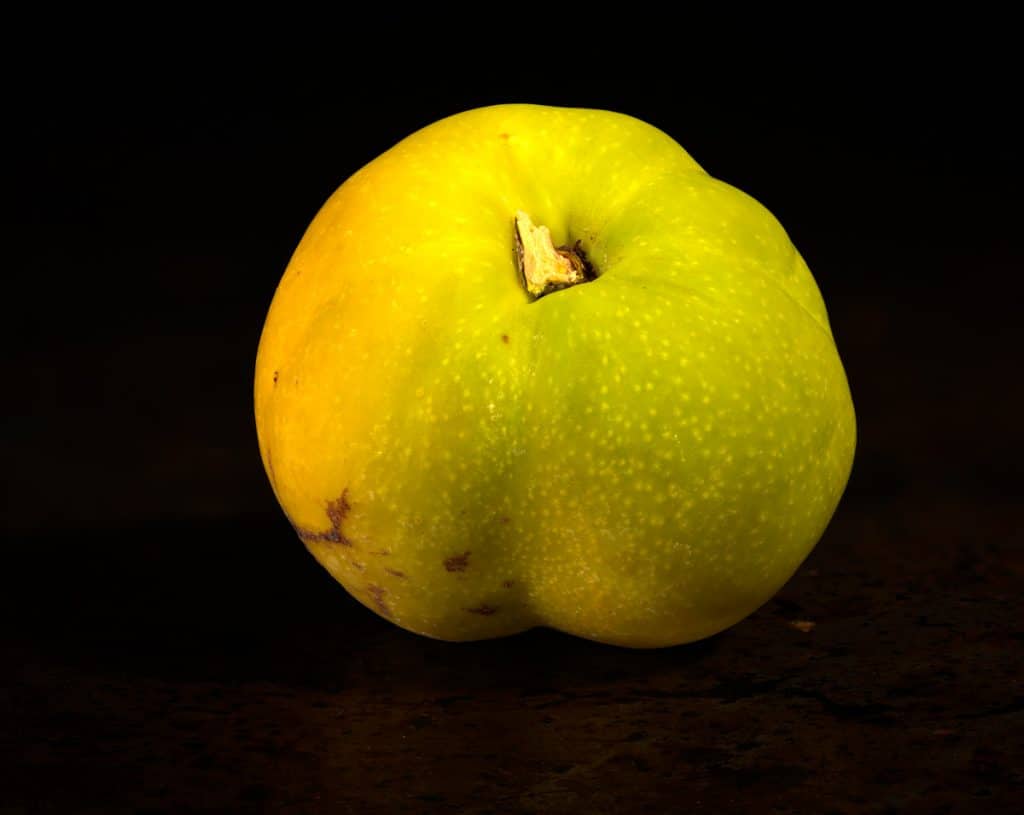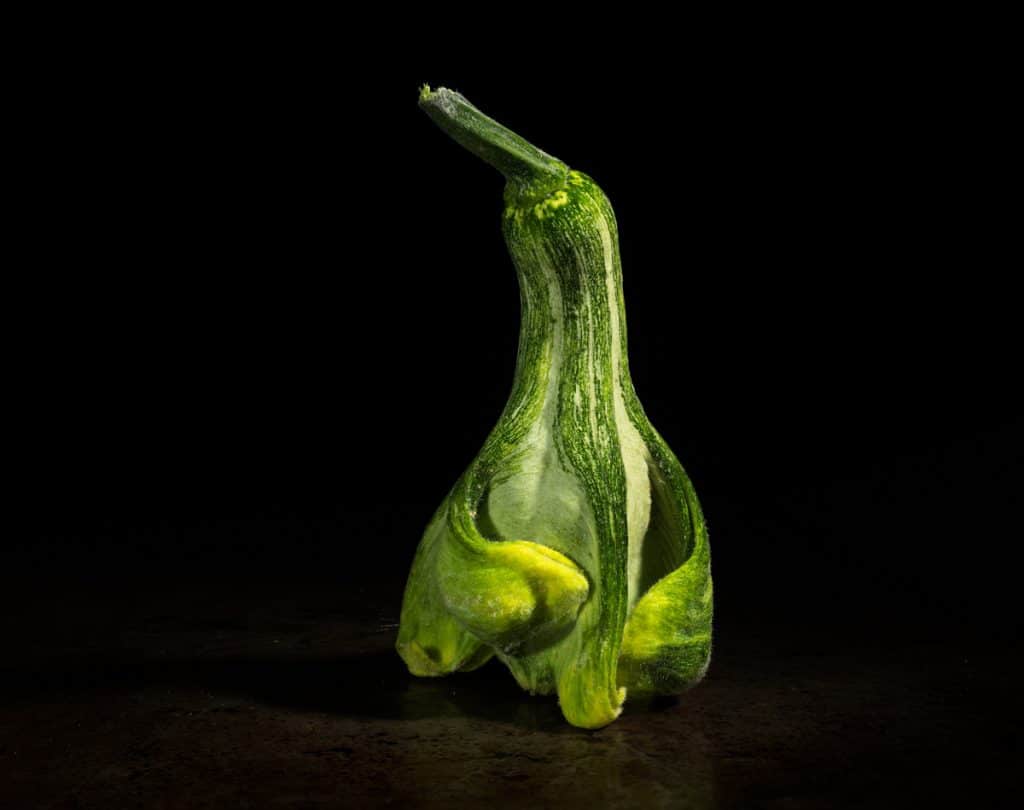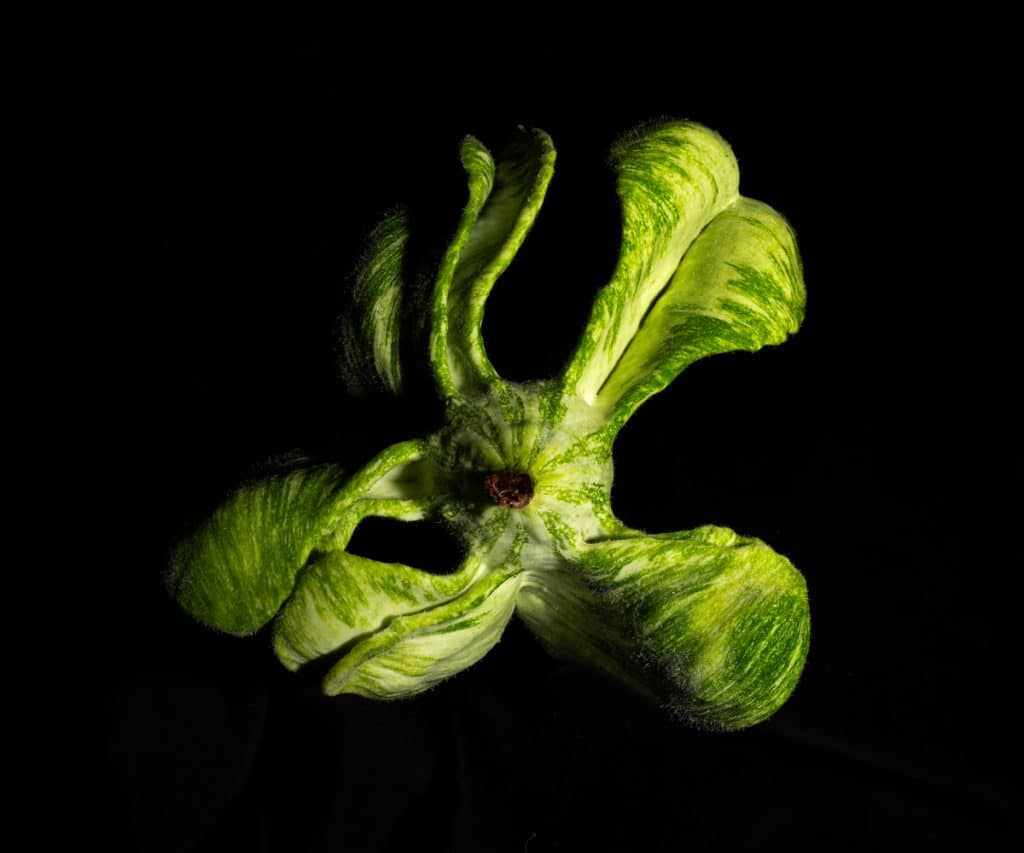This is one in a series of posts on the Nikon Z7. You should be able to find all the posts about that camera in the Category List on the right sidebar, below the Articles widget. There’s a drop-down menu there that you can use to get to all the posts in this series; just look for “Nikon Z6/7”.
The Nikon Z7 has a feature that has the potential to be useful for capturing images for focus stacking in postproduction. Nikon calls it focus shift shooting, which I’m going to abbreviate as FSS. It works similarly to a feature with the same name that was introduced with the D850. You set the lens to autofocus, and, either manually or with AF, focus it on the nearest part of your subject that you want to be in focus. I use manual focus, and set it a bit nearer than that. Then you tell the camera how many images you want in the stack, and how finely or coarsely the distance steps between each exposure should be made. You can tell it whether you want it to use the electronic shutter or not, and how long to wait between exposures. Then you tell it to start, and stand back while it waits a few seconds for the camera to steady, then does its magic, focusing a bit further away with each exposure. The firmware is smart enough to adjust the step sizes to compensate for differences in lens focal length, subject distance, and lens f-stop.

Used in this application, the Z7 FSS is useful, but has some drawbacks:
- The minimum step size is too large for critical work.
- Selecting different settings for some of the step size selections don’t actually change the step size.
- At the end of the sequence, the camera does not return the focal point to where it was at the beginning, but instead leaves it wherever it ended up. This makes it impossible to simply repeat a set of captures.
- The camera does not show you the captures one by one after it makes them, so you don’t know when to abort the series when the focal plane has gotten sufficiently far away.
The GFX 50S implementation of a similar feature, miscalled Focus Bracketing by Fuji, has none of the above problems.

The Z7 FSS feature is not compatible with my Sigma 105/2.8 macro lens, prematurely ending the sequence after a handful of captures, but it works fine with the Nikon 105/2.8G VR macro. Unfortunately, I like the image quality of the Sigma lens better.

There is another application for cameras that automatically capture sequences with shifted focal planes, and that is focus bracketing for landscapes and subjects that don’t move much. The difference between that and the situation described above is that the photographer intends to select just one image in post, rather than putting the sequence through stacking software. However, the way that FSS in the Z7 and Focus Bracketing in the GFX are designed, implementing that usage is so awkward that it is nearly unusable. To do this kind of focus bracketing, you’d like to have it work this way:
- Focus on what you want sharp
- Press the “go” button
- Camera waits a few seconds
- Camera makes a series of exposures with the focal planes distributed equally in front of and behind where you focused
- Camera returns focal plane to where you focused.
I’m looking forward to that.

For now, I’ll just use it for stacking, and then only when I can’t do what I want with the GFX.

Roland van Beurden says
Nikon got it wrong with naming this ‘focus shift’. Focus shift is focus behaviour of a lens when changing the aperture. See the diglloyd.com website for more details on this.
Focus bracketing as a terminology is more in line with the other bracketing options of a camera.
Chris says
I recently bought the Sigma 2.8/105 macro, so I had to try this. With my lens (snr 16170164) and a Z7 with firmware 1.0.3 it works fine. No interruptions in a 40 image stack.
JimK says
That’s good news. What’s the FW version of your lens?
Chris says
I don’t know. I don’t have the Sigma USB dock, the Z7+FTZ does not display it, and neither does my ancient D70s. Is there any other way to find out?
JimK says
Sorry, but I don’t know how to find out without the dock.
Chris says
Jim, I assume you had OS switched to “off” on the lens when trying this? I accidentally left it on when I first tested this. Now I remembered to switch it to off, and the focus series stopped after a few shots. After trying a few other settings, I switched OS to “1”, and it worked again. Sounds weird, but it’s reproducible with my camera and lens. Camera IS was off.
JimK says
Unless I goofed, yes.
Douglas Neve says
Hi, I have just purchased a Z7 and am interested in using the Focus Shift Shooting, however this item under Photo Shooting Menu is greyed out and attempting to use this produces the message ‘This option is not available at current settings…..’ . If you are aware of what setting(s) need to be changed to activate Focus Shift Shooting I would be very grateful if you could let me know.
Best regards,
JimK says
I hate this error message. It doesn’t tell you what’s wrong, even though the camera surely knows. Is your lens in AF mode? Here’s a tricky one: is your clock set? There’s a place in the manual that provides a checklist, but setting the clock isn’t in it.
George Tran says
The Peaking stack image is only available for Z lenses. It will be greyed out if FTZ and Nikkor AF-S lenses are used.
JimK says
What’s a Peaking stack image?
JimK says
I have done lots of FSS sequences with F-mount AF lenses, including one in the post above.
Douglas Andrews says
When I try to use the Focus Shift on my Z6 I’ve got AF se, it’s in S mode, and date/time is set. The camera shoots a couple frames then stops and beeps loudly 3 times. I can’t find any reference to beep codes in the manual. Any idea what might be the issue?
JimK says
Sadly, I don’t. I find the way the Zx cameras deal with FSS setup issues maddening.
Francisco Disilvestro says
When you mention that the minimum step size is to large for critical work, is this a limitation of the in-camera implementation or a limitation of the Nikon autofocus itself? For instance, Would it make any difference to use an external program such as Helicon remote to control the focus stacking?
JimK says
I don’t know what the source of the limitation is. Sorry. I’d be surprised to find out that it was a limitation of the focusing mechanism of the camera/lens system itself.
Gregory Summers says
Shooting Macros with the Z7 focus shift requires you to find the element of the subject closest to the lens. Otherwise, the result is an ugly blur. I have had to delete an entire sequence. I have been practicing this for over a year. I find it addictive. for macros,I use a setting of 2 and an Fstp of F11 to do more than adequate work. I also have found that the ability to have everything in focus has changed the way I want to see flowers. Landscapes were mnetion. The Z7 does quite well with 4 as the spacing number. What does it matter what the process is called? It is a new way of shooting everything. I use Helicon that has an amazing way of making allowance for small movements when outside shooting flowers. I sometimes miss that element that is closest and have to delete the entire series. I als warn you that this will eat up disk space.
JimK says
That’s true of all the in-camera focus bracketing features I’ve seen. With a rail, you have the option of starting either at the closest focus plane or the furthest plane.
JimK says
It would be nice if we all could agree on a name for the feature. It would make conversations more concise, and fewer people would get confused. But, you’re right. It doesn’t matter what we call it so long as what we’re talking about is clear in context.
Focus stacking has been around for a long time, but direct factory focus bracketing applications are a relatively new thing. Before that, we had only third-party apps, rails, and tech camera rear standard control.